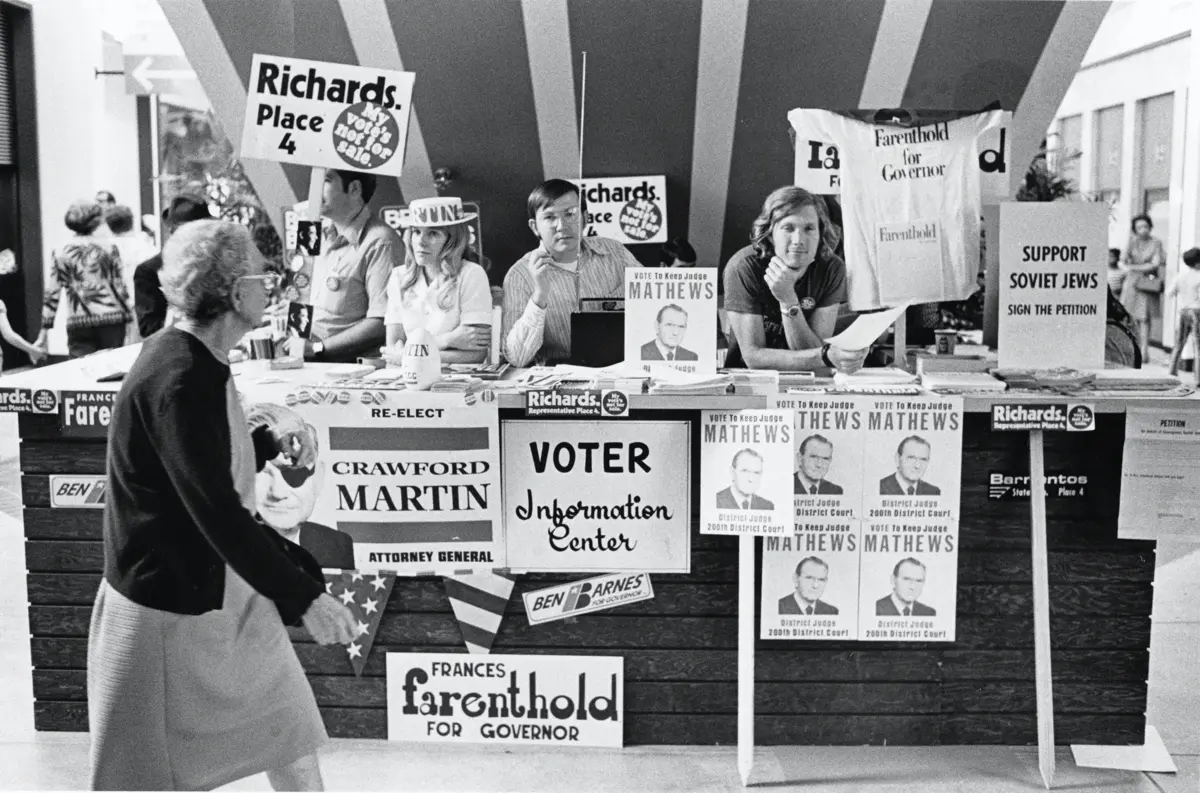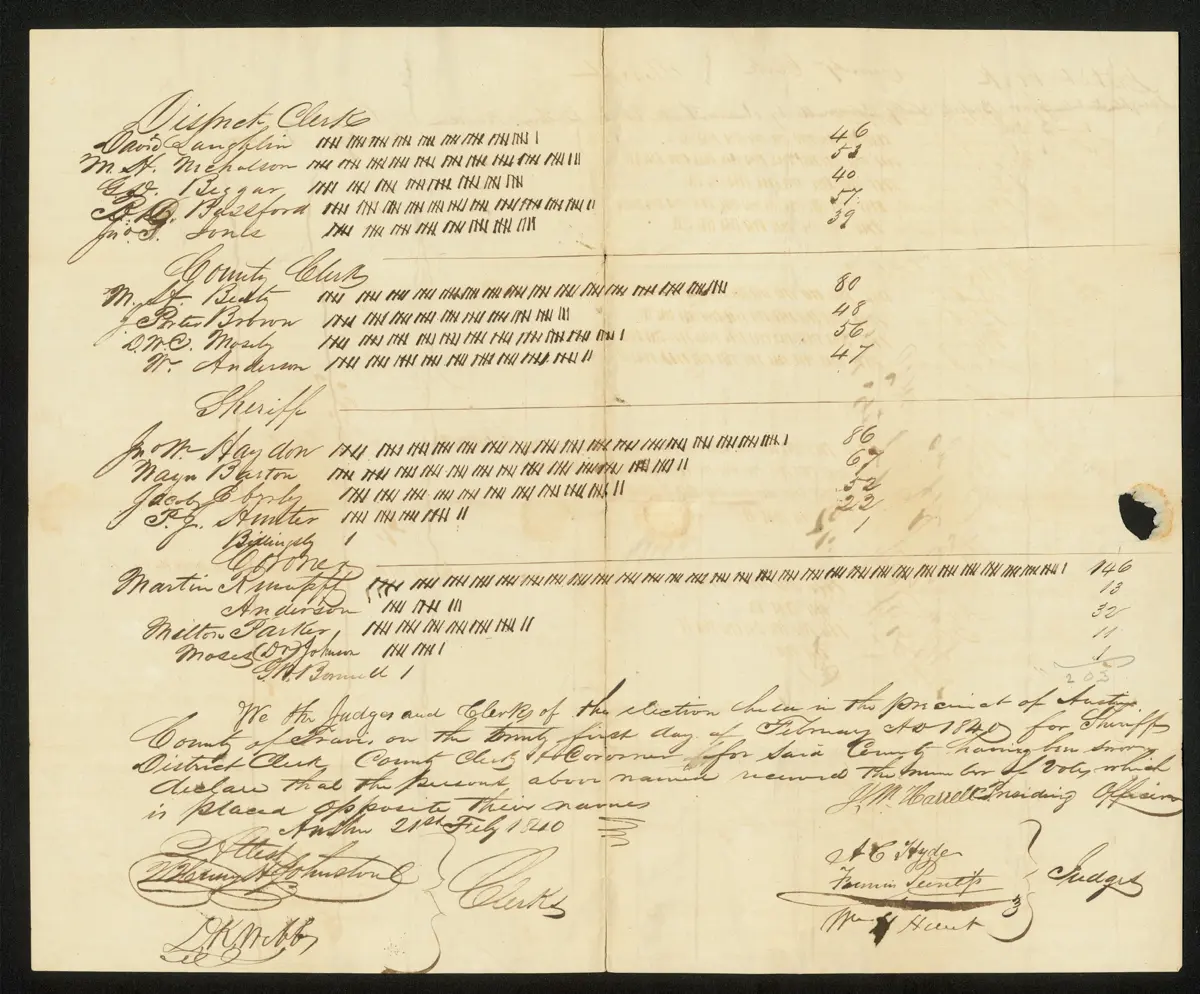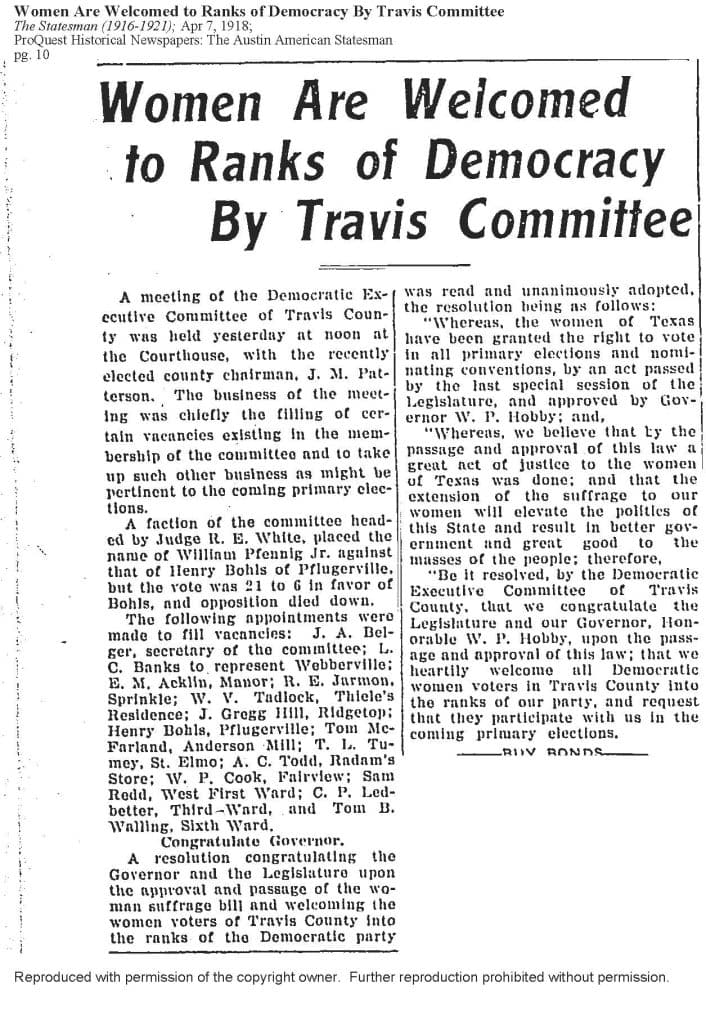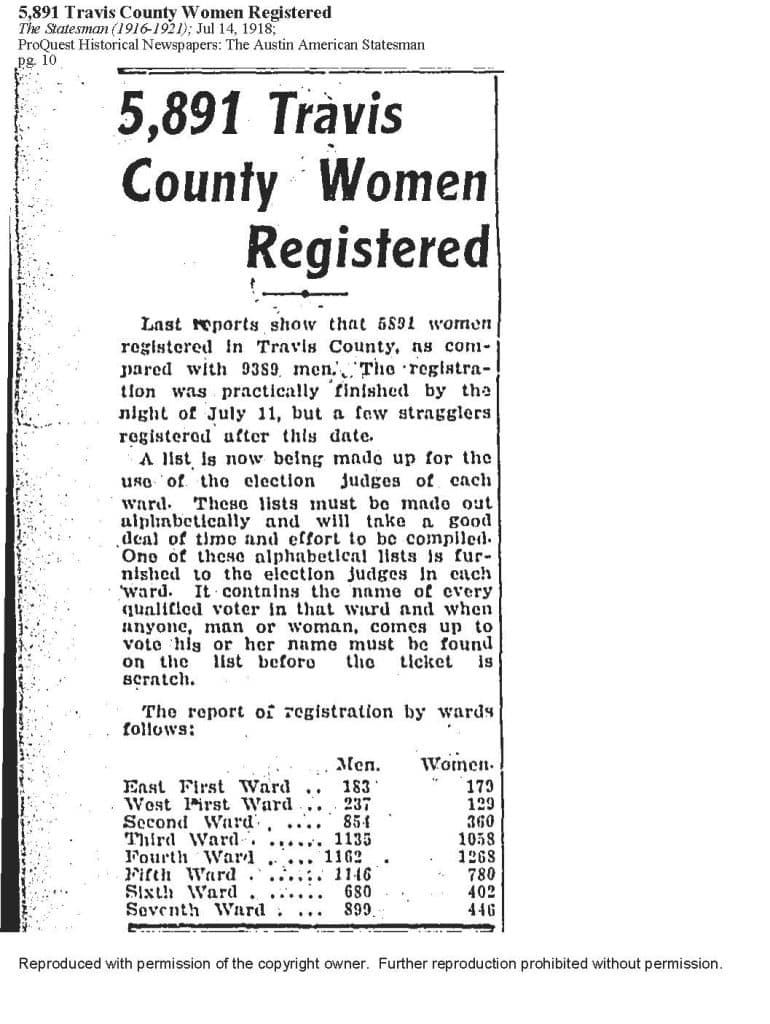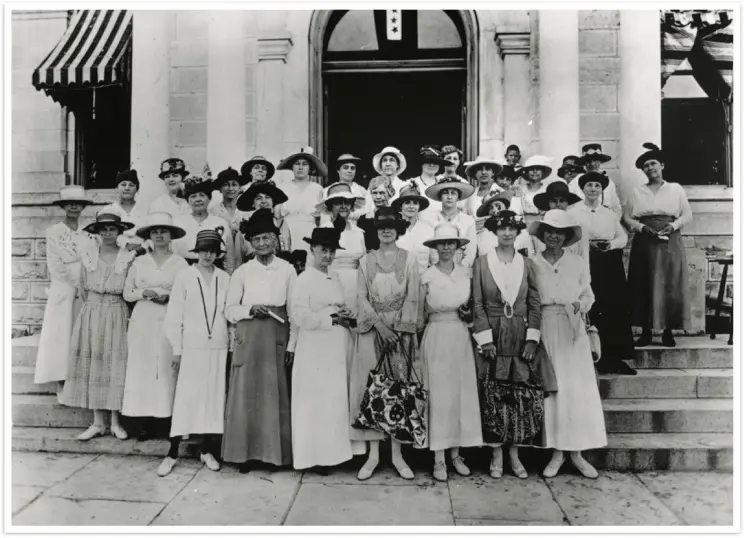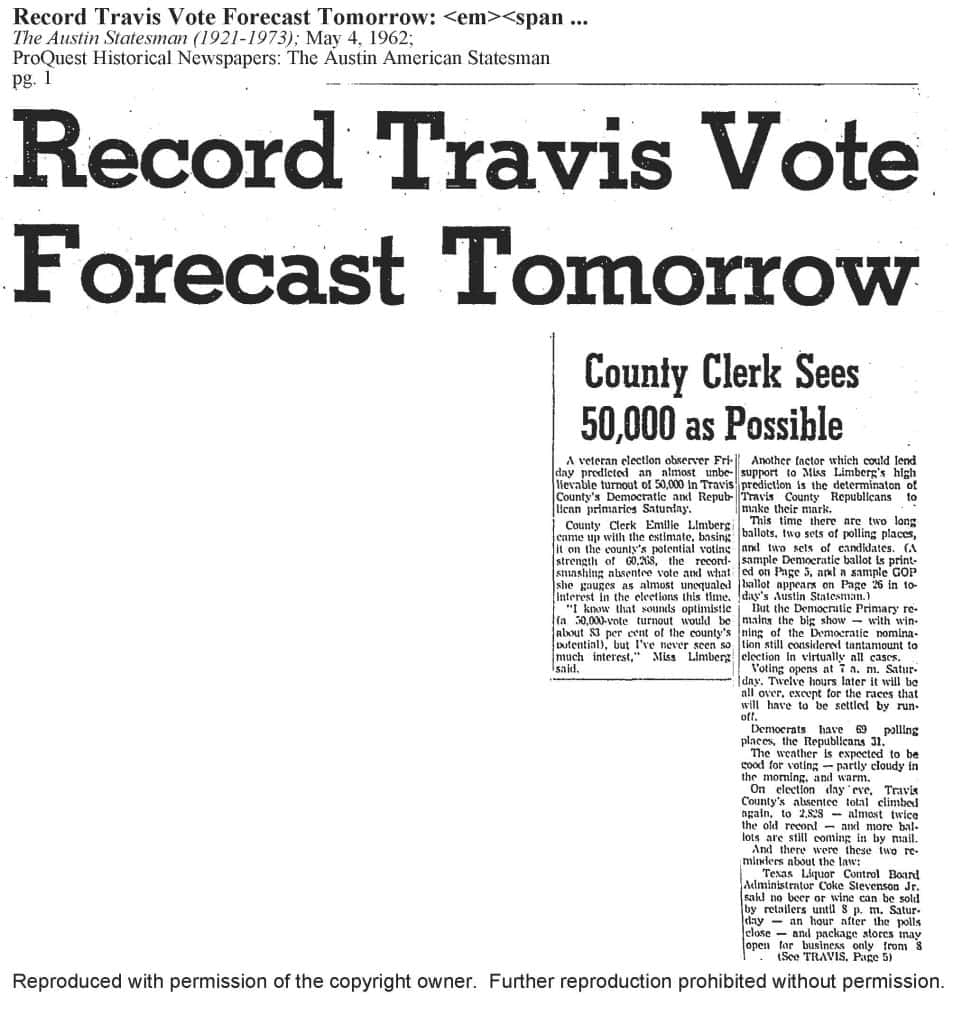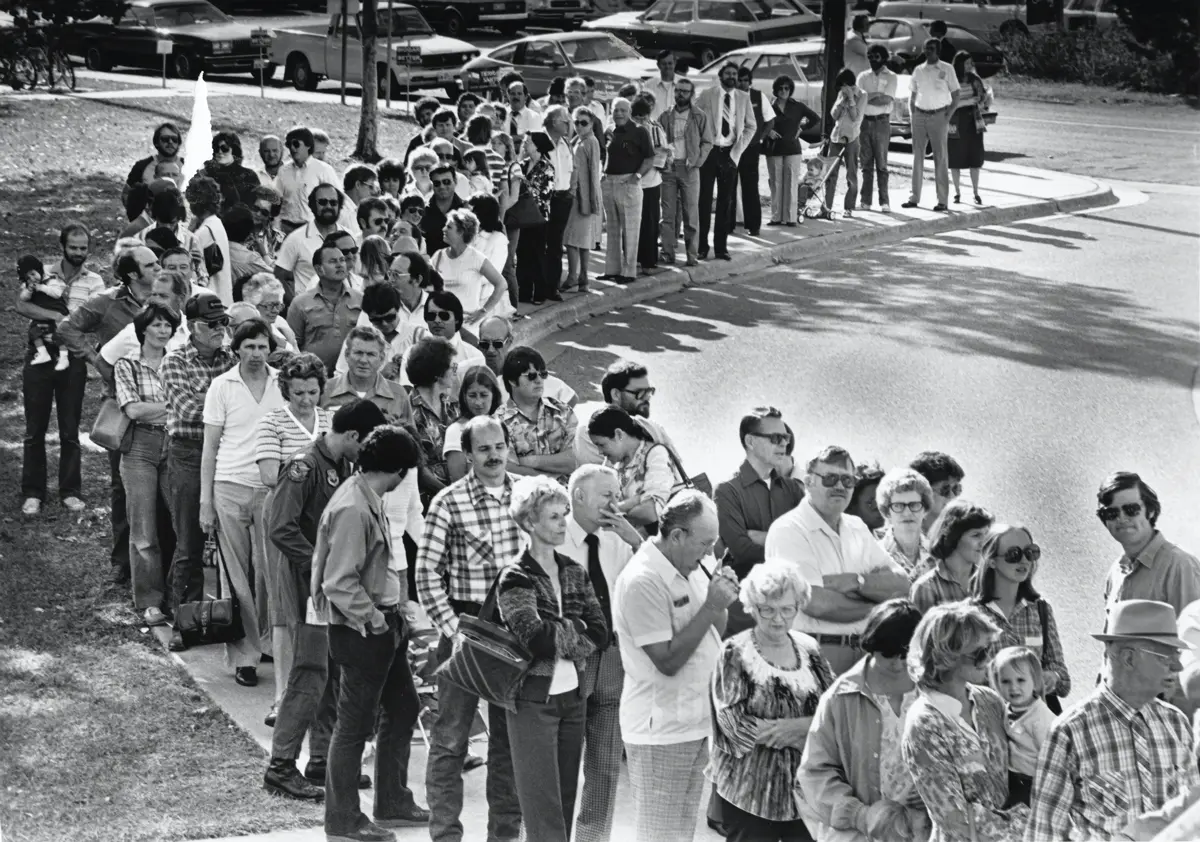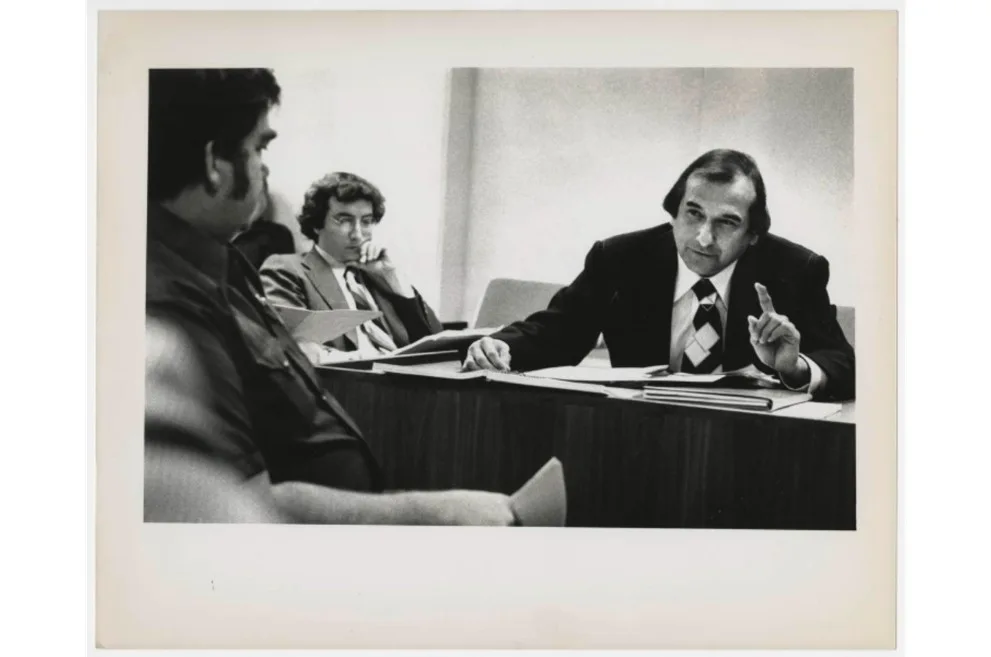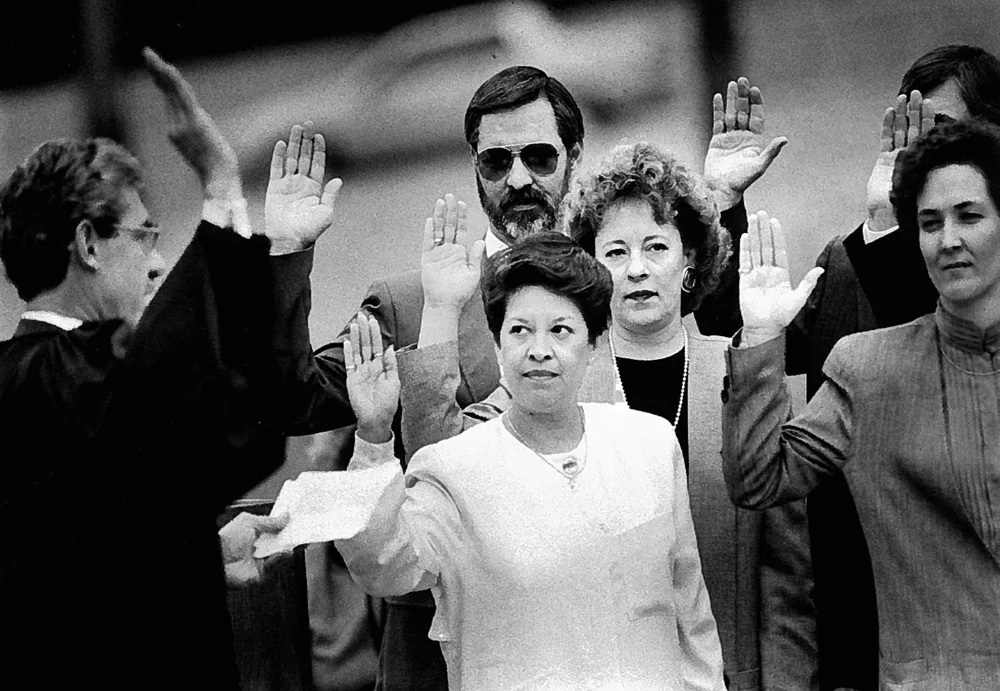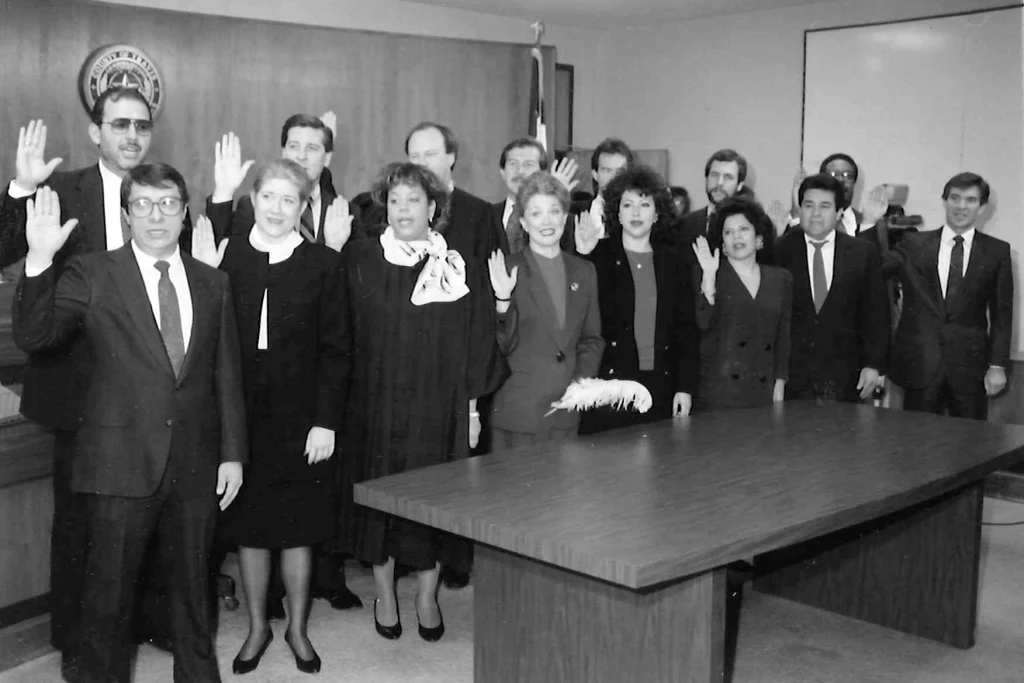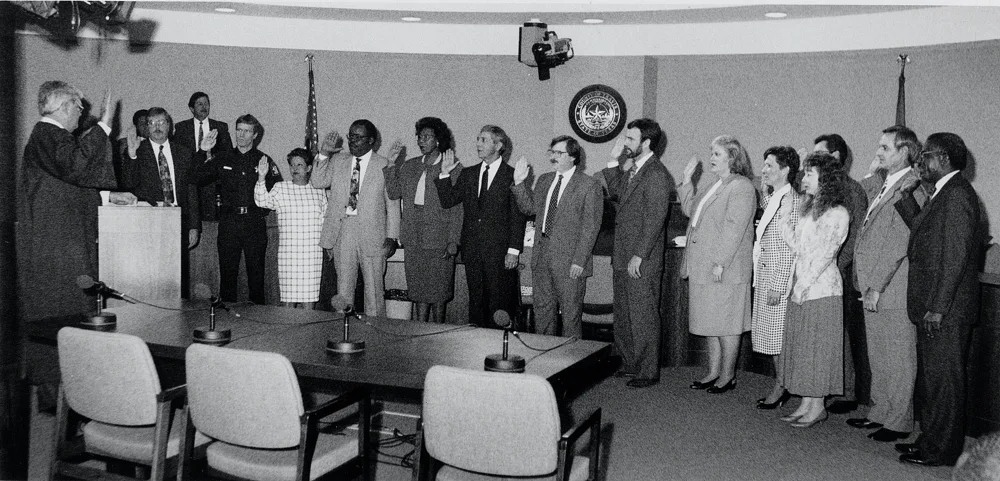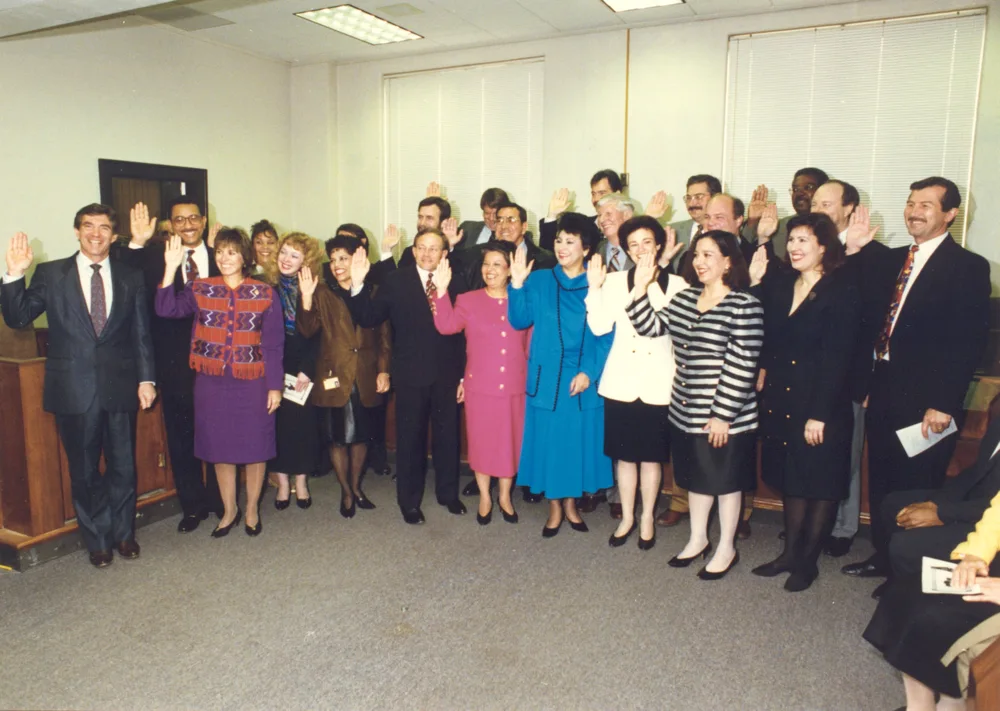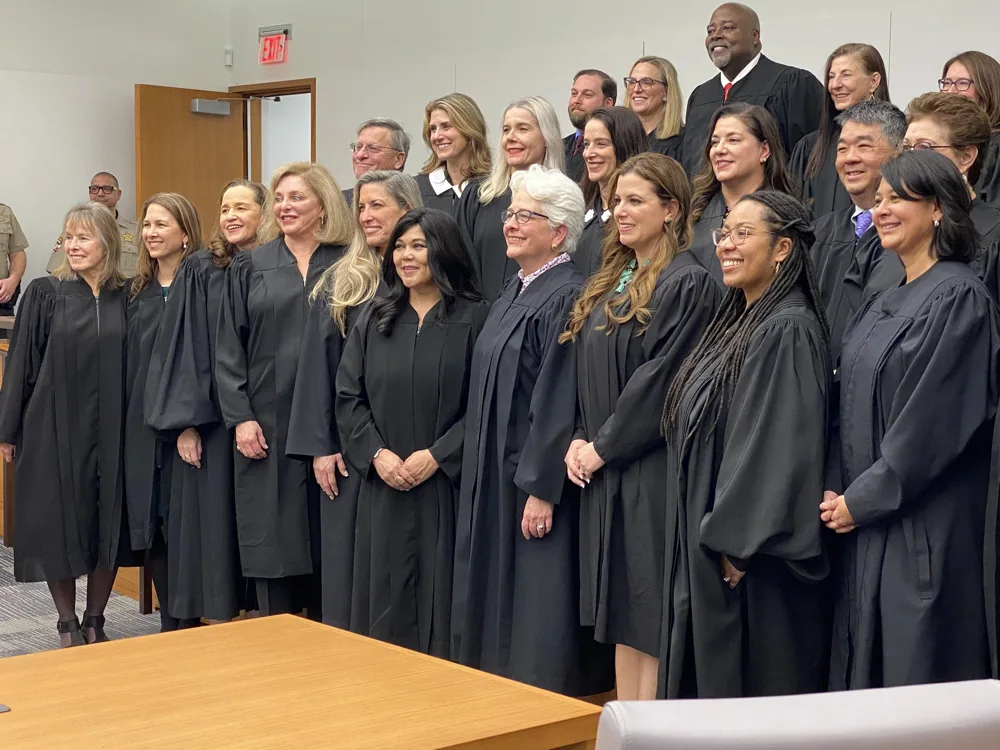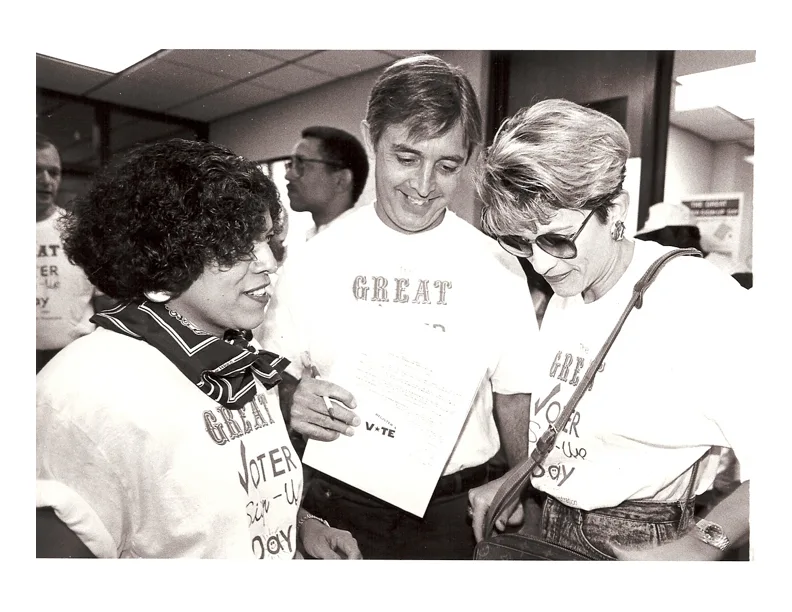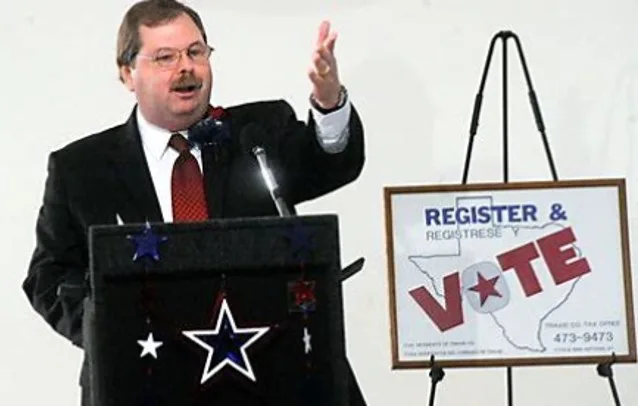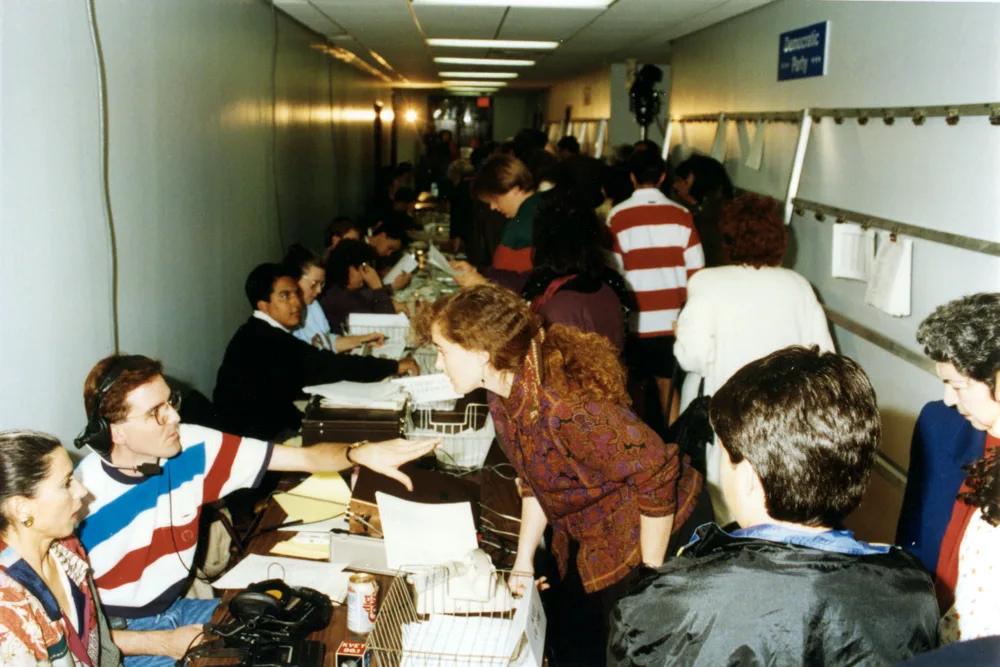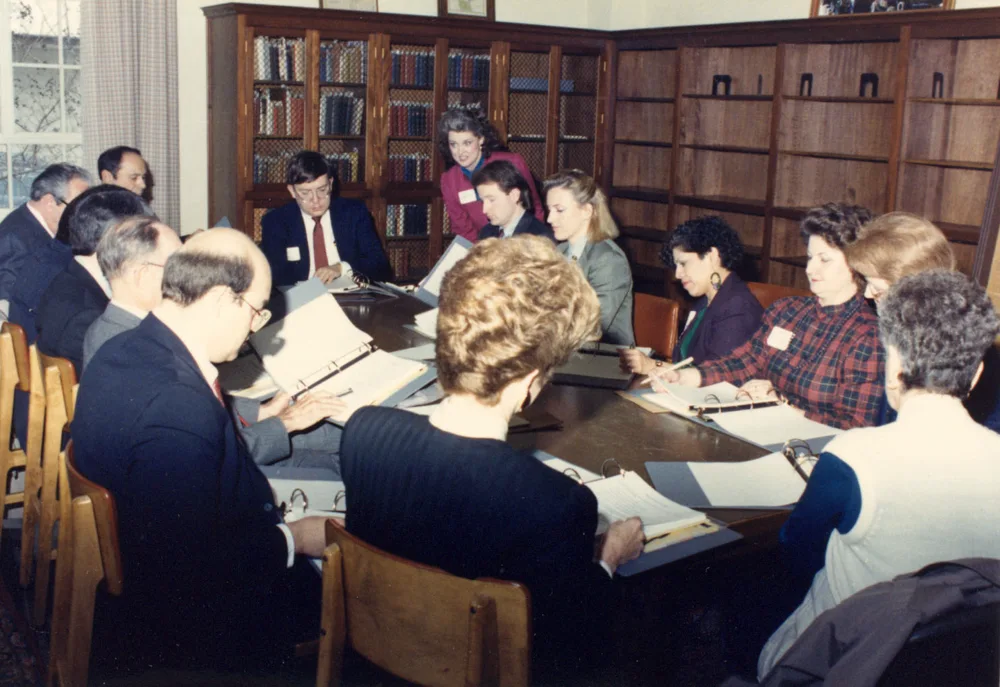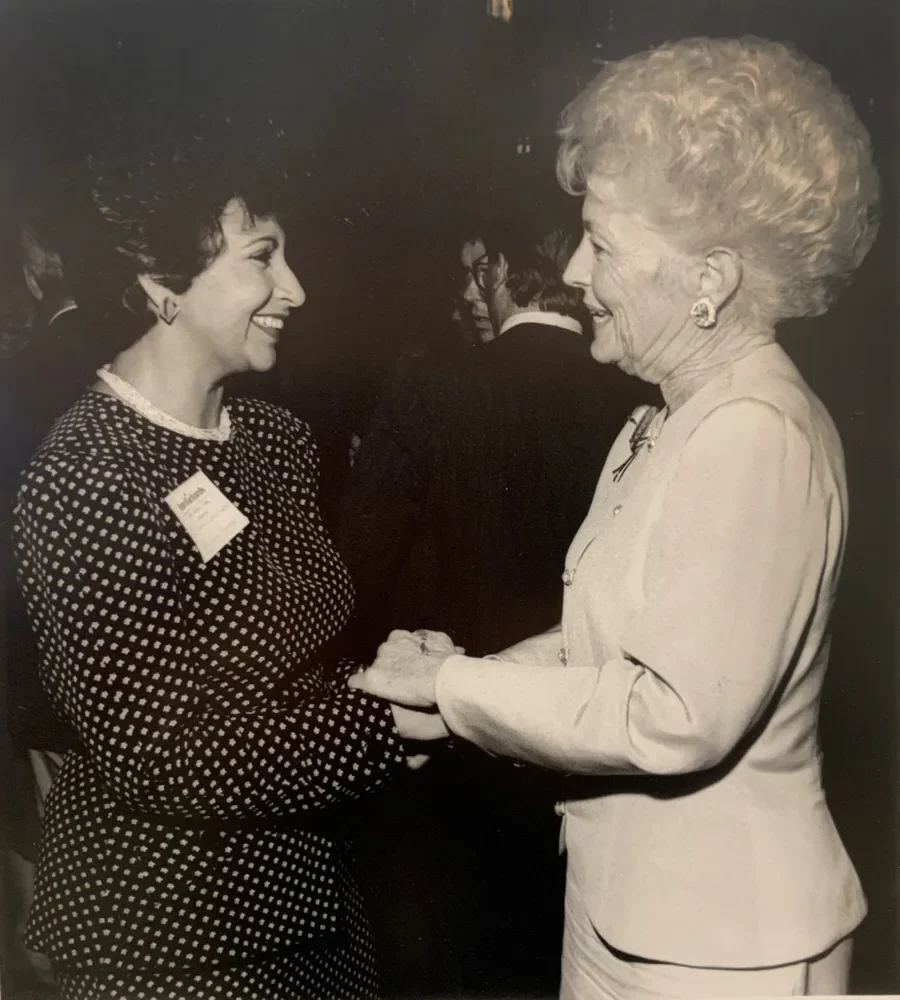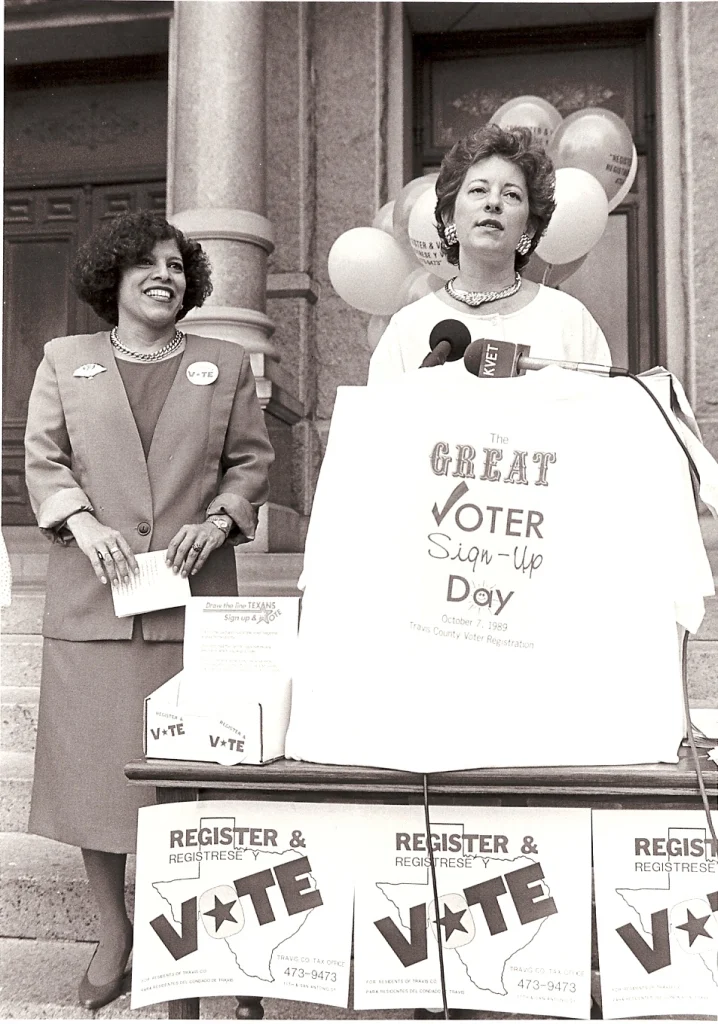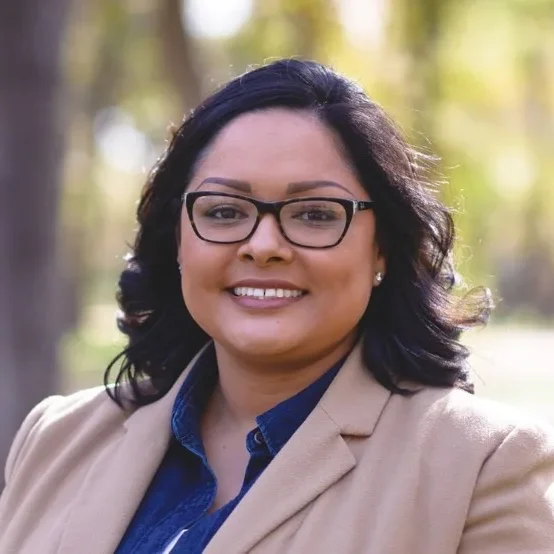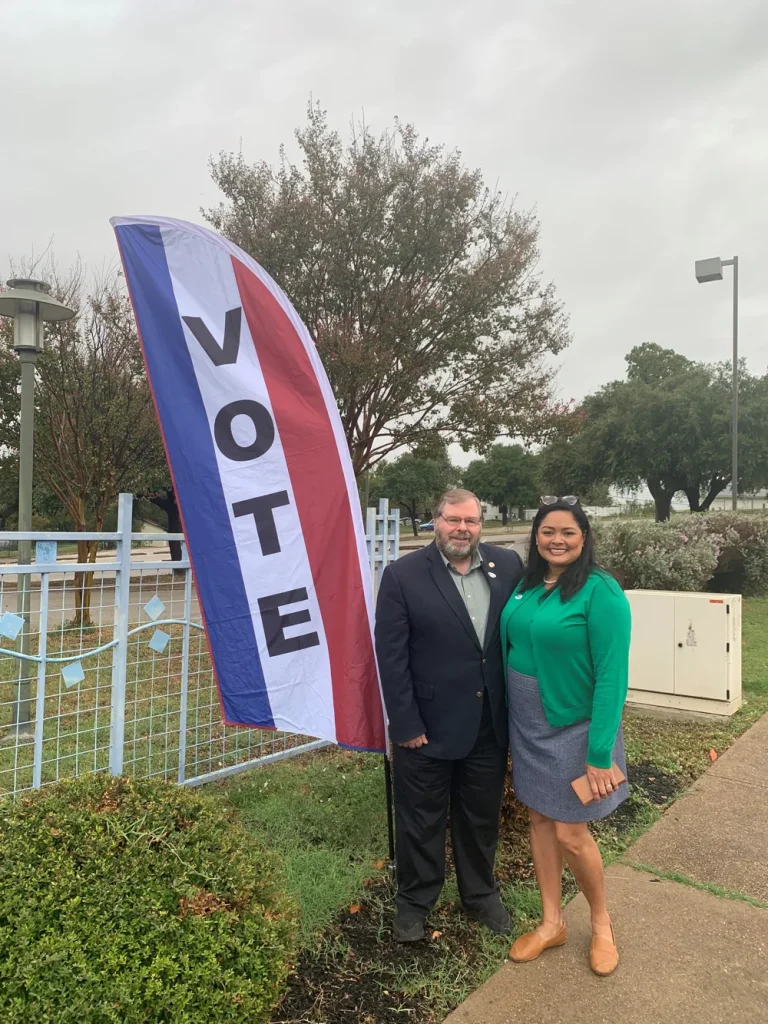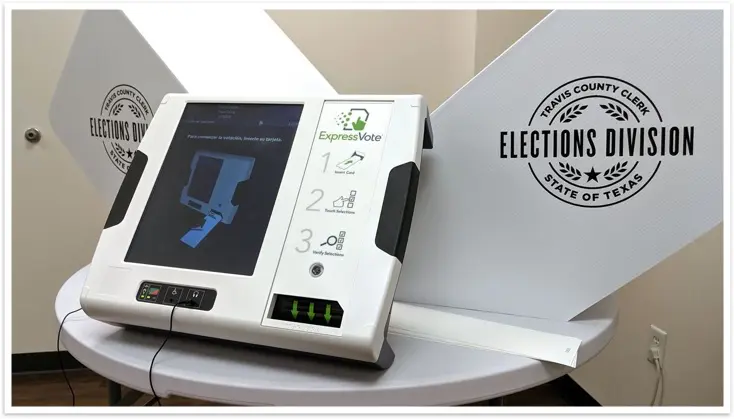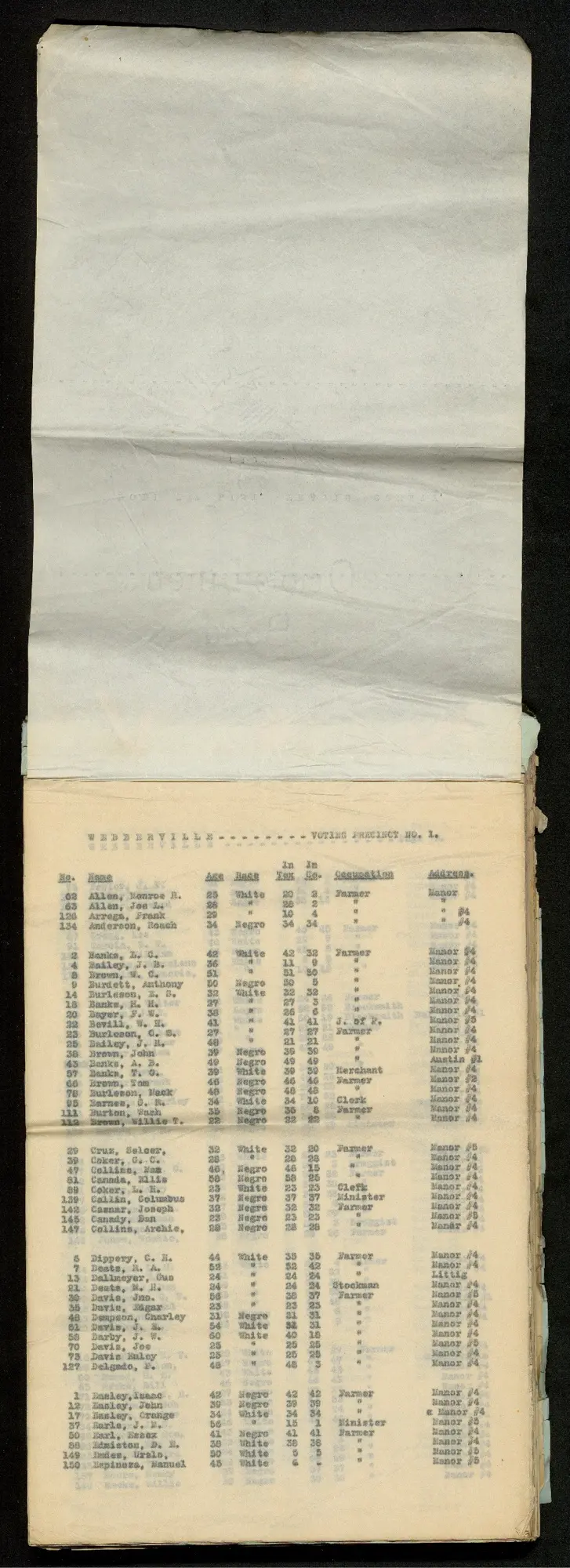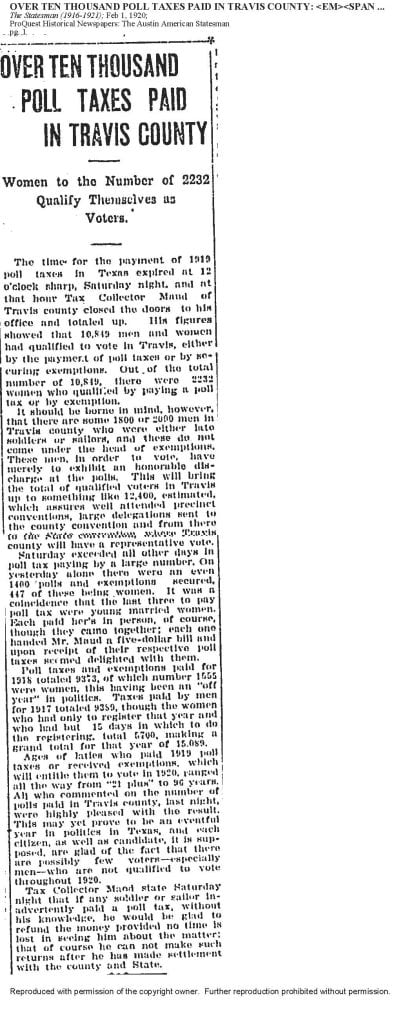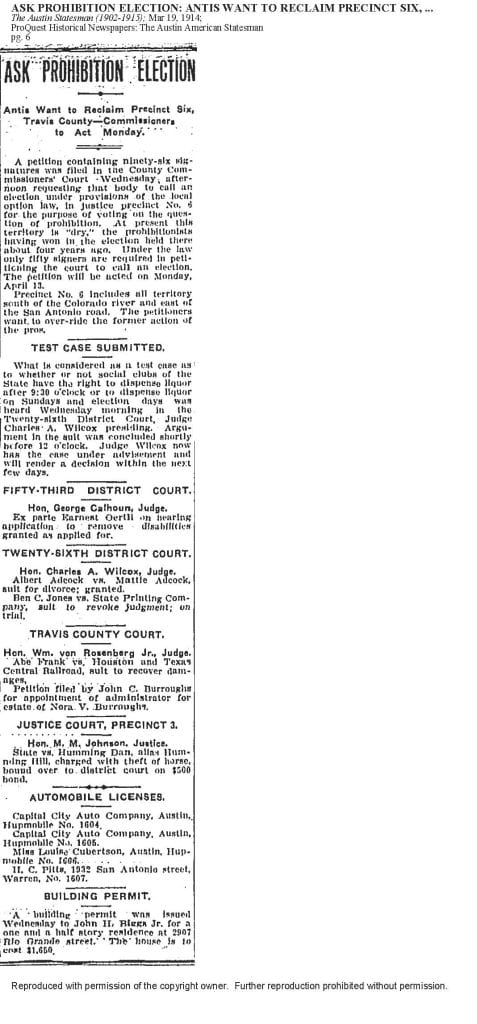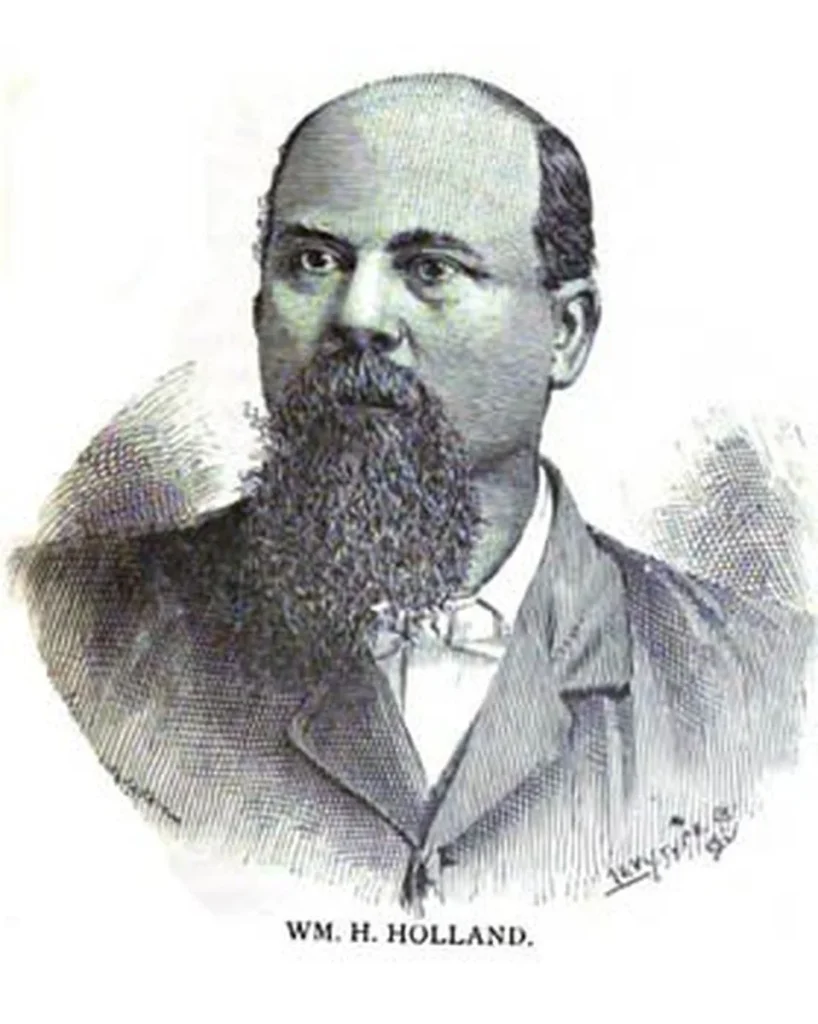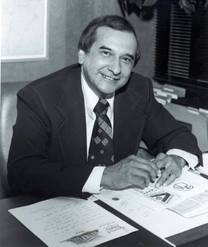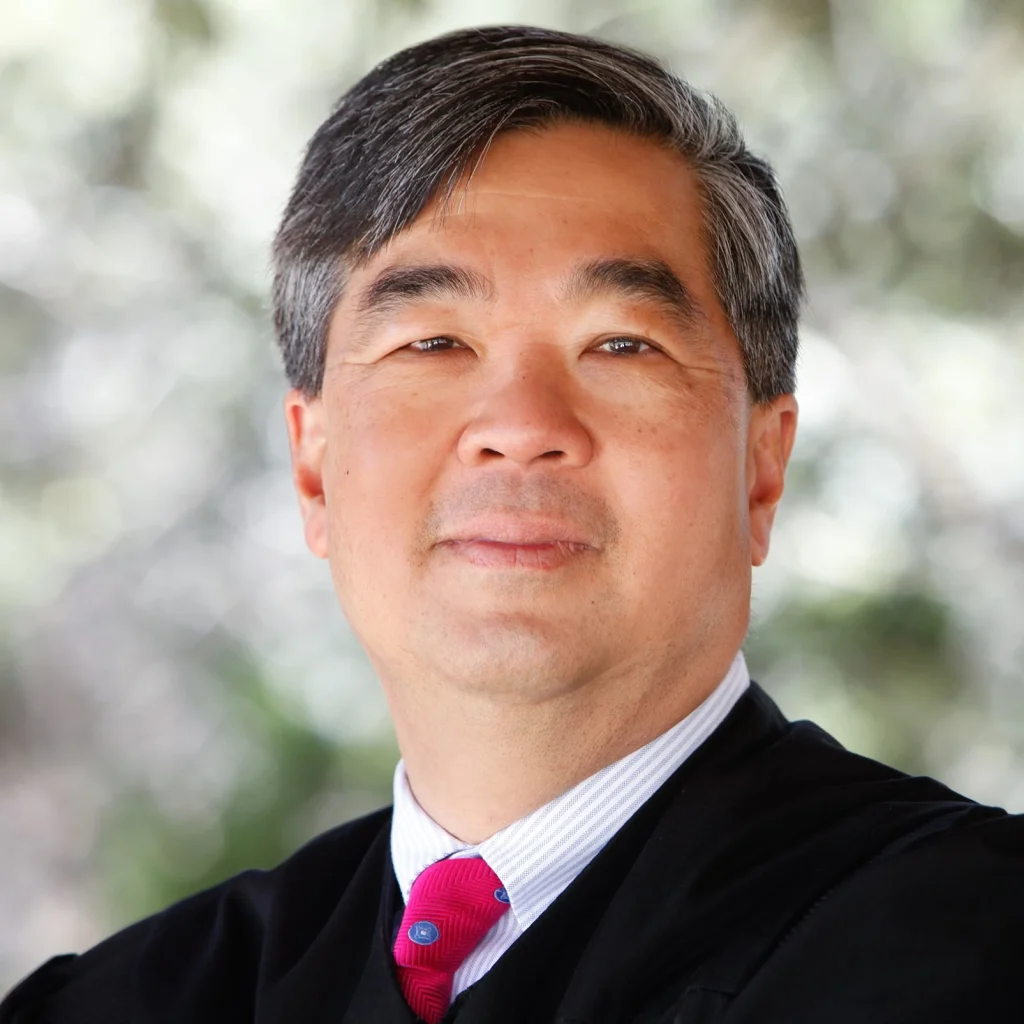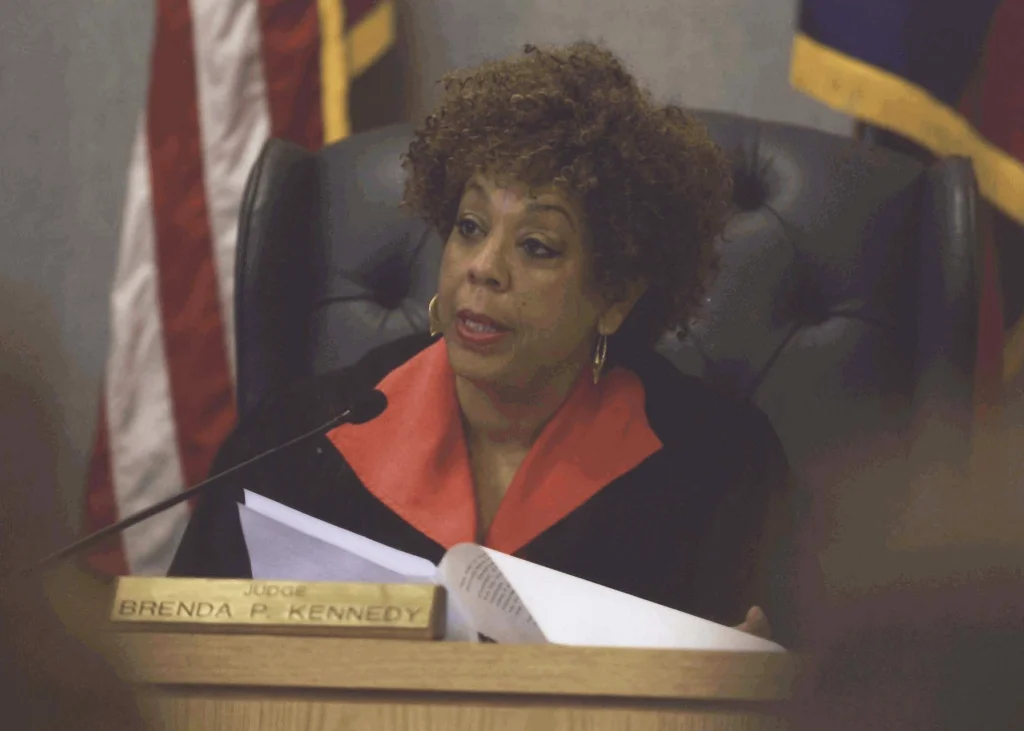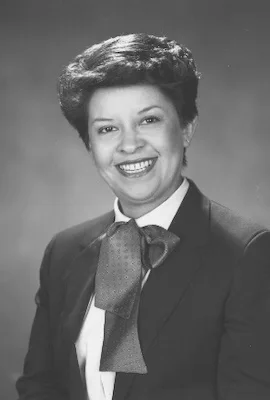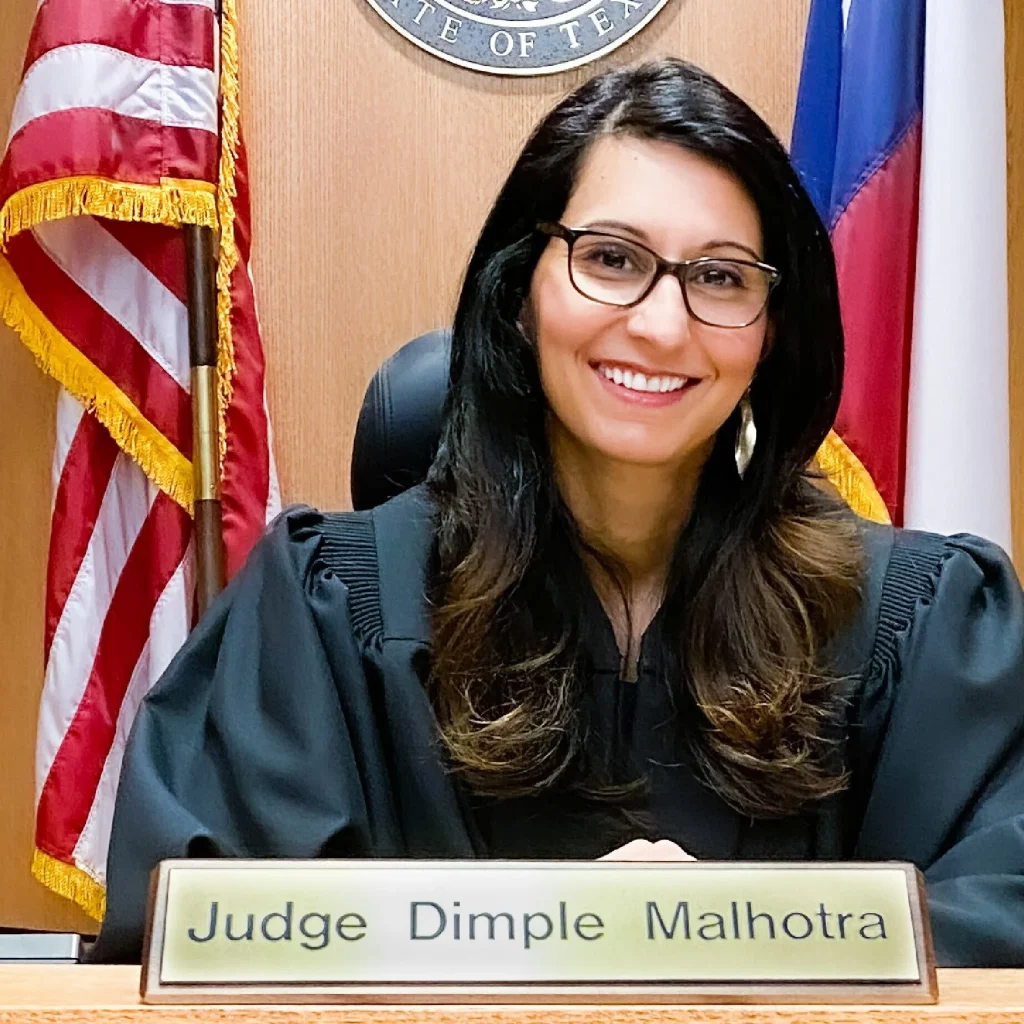Because the U.S. Constitution gives states the job of running elections, methods of voting in the United States vary. Historically, five types of voting methods have been used in the United States: hand-counted paper ballots, mechanical lever machines, punch card machines, scanned paper ballots, and direct-recording electronic devices.
Hand-counted paper ballots were marked by hand, placed in ballot boxes, and then counted, usually in the precinct where they were cast. Early paper ballots were handwritten on slips of paper, and later paper ballots were preprinted; votes were not required to be private.
Mechanical lever machines, first used in the 1890s, were operated by the voter, who indicated their choice by depressing a lever next to the preferred candidate. They were relatively tamperproof and allowed for completely secret balloting through use of a curtain. By the 1930s, use of mechanical lever machines was widespread, and some states were still using the machines as recently as 2009.
The punch card system was developed in the 1960s and relied on punch cards to record votes. In the most common version of the punch card machine, a blank pre-scored card was inserted into a holder; to vote for a candidate, the voter used a stylus to dislodge a chad and create a hole in the card. When the voter was done, the ballot card was deposited in a ballot box. Tabulation was done either by a computer equipped with a punch card reader or an electromechanical punch card tabulating machine. Ballots with write-ins were tabulated by hand.
